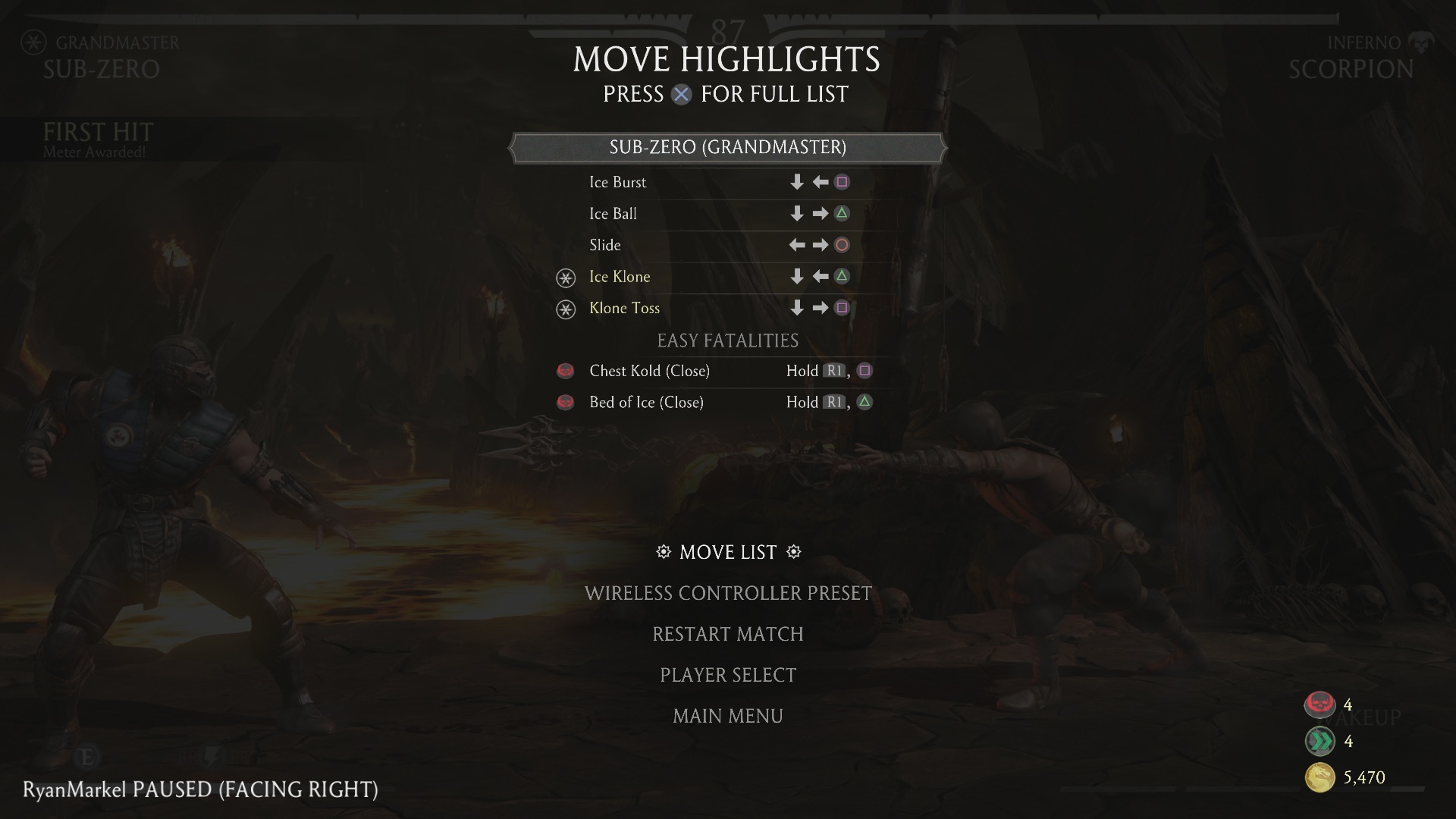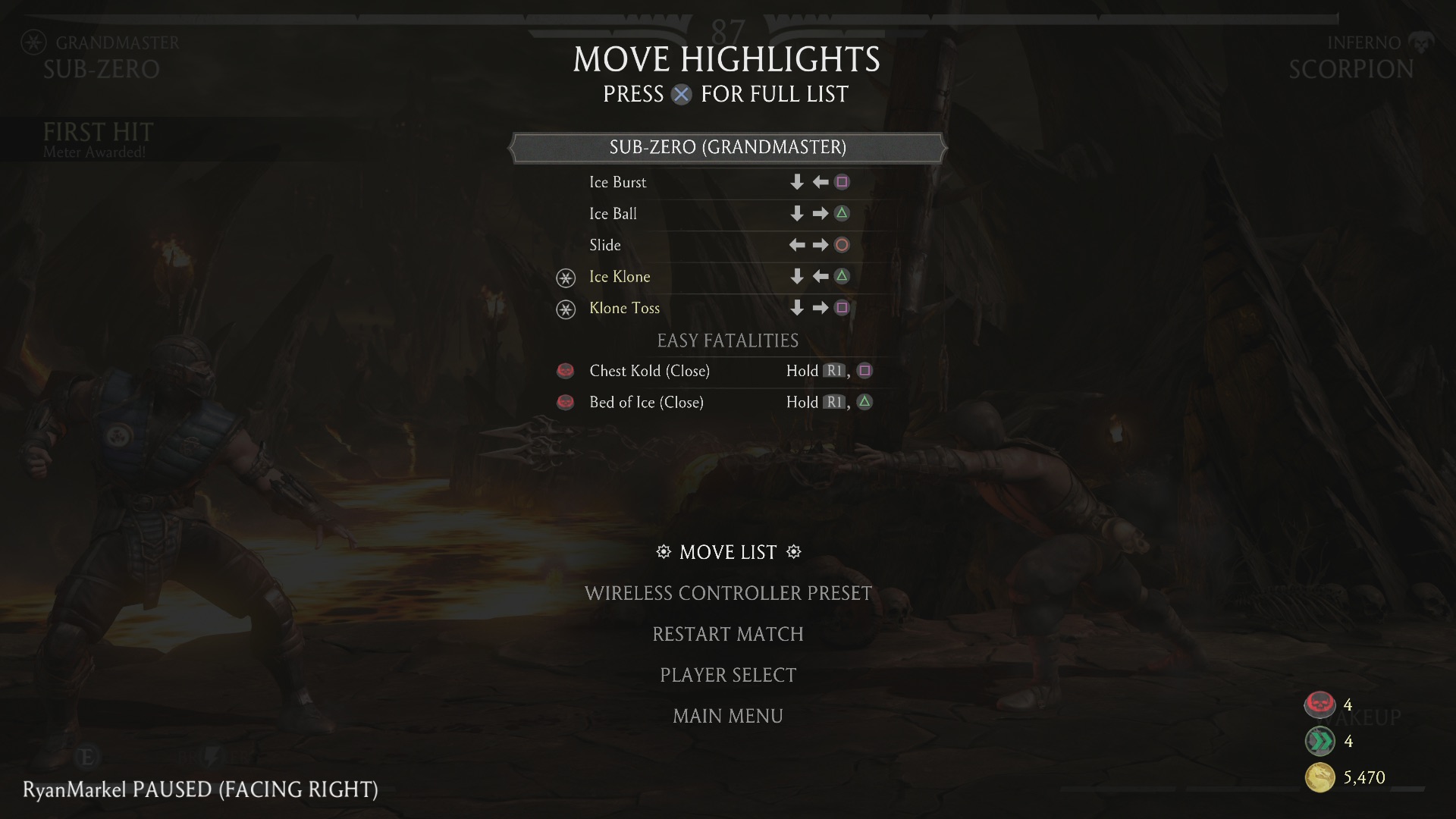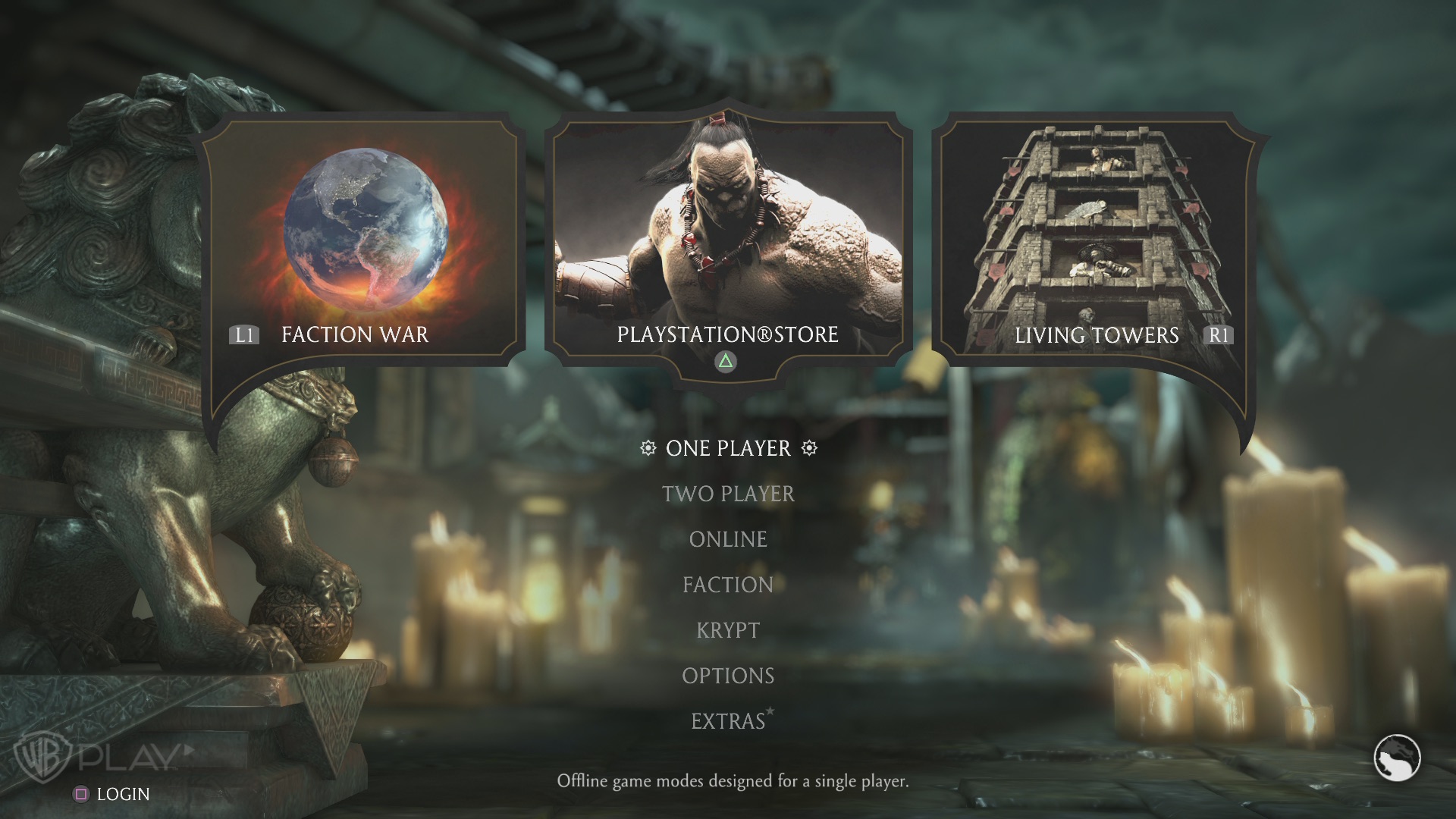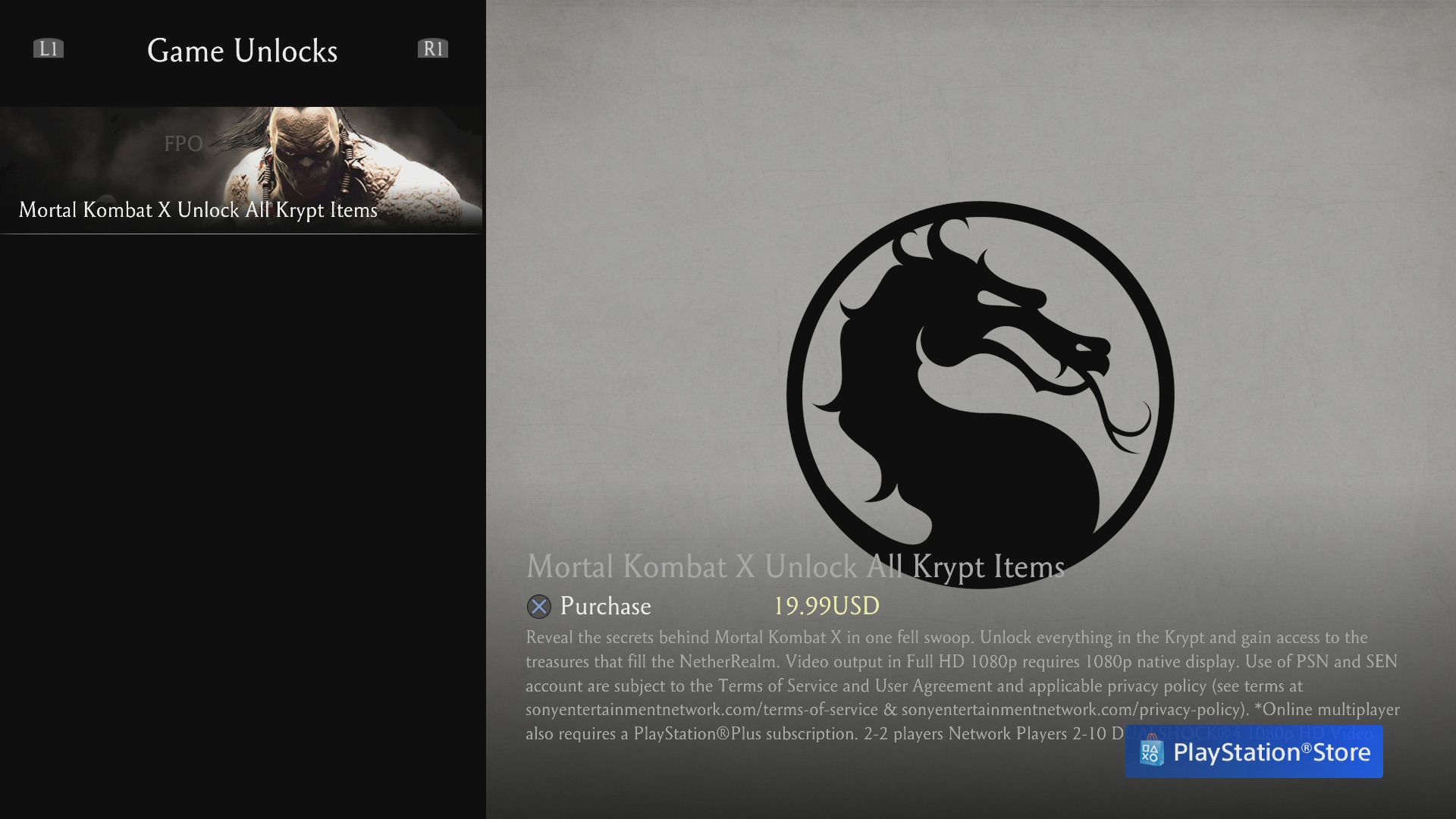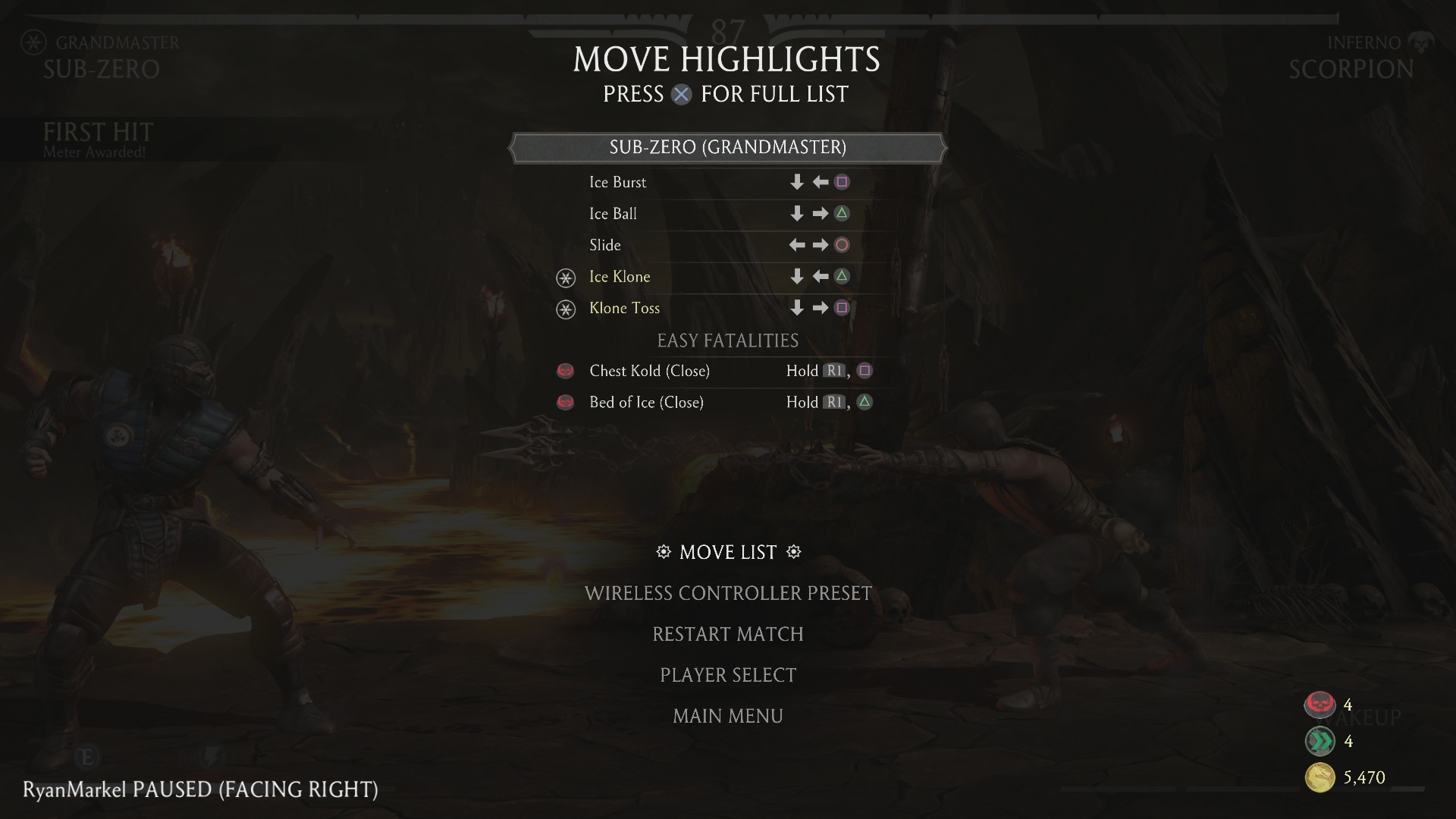Tomorrow, Destiny 2’s Season 8 concludes, and Season 9 begins. 8 served as the opening season of Year Three, and marked a transition for the game from a “traditional” update method of small DLC packs spaced out within the year to one large DLC pack and small-purchase seasons to fill in content droughts.
I thought I’d jot down some thoughts on it from the last ten weeks, divided into some of the major aspects of the season. I’ll try to keep this about things particular to this season and not to things that were big sea changes from Shadowkeep.
What I’ll touch on:
- Vex Offensive
- Iron Banner
- Eriana’s Vow
- Eververse and the Season Pass
- Ritual Weapons
- Undying

Vex Offensive
The big “seasonal activity” going away tomorrow is Vex Offensive, and it’s an amazingly mixed bag. For the most part, the activity itself isn’t bad. It’s a progressive arena shooting bit, with a timer that doesn’t impact a whole bunch other than whether you get good drops or not? (I’m not really even sure about this because it’s very not obvious what it does. It’s not a fail state.)
Things warp in, shoot shoot, bang bang, run bounties, get a weekly challenge out of it or two, get a bunch of weapon drops, rinse, repeat.
Normally, a fairly inoffensive horde-style mode, which at this point is generally what we are getting out of seasonal stuff (cf. Menagerie, Forges, probably Sundial). It gives a rather generous number of random roll drops, which is good and gives you a chance to find a roll you like from grinding out the weeklies for drops. The mechanics of the encounters are fairly easy to grasp.
I think Vex Offensive is a very good start for the type of seasonal activities we’ll be seeing that come and then go after each block of time.
There are some problems here, and they are more issues with the current design philosophy of Destiny rather than the activity itself:
Almost every bounty and triumph connected to the mode requires you to be an active jerk to your teammates.
This is now a rather frequent problem Destiny as a whole. It forces you into matchmade team activities, and then gives you objectives to complete that push you into doing things that take away from your teammates’ ability to accomplish exactly those same things. Bounties and triumphs requiring “final blows” instead of participating in defeats of enemies with assists mean you’re competing with others in what’s ostensibly a cooperative mode.
The only real way to progress on these goals is to go Peak Titan and charge ahead of all of your teammates, grabbing the glory for yourself. It’s enormously frustrating, and for more friendly players who might otherwise enjoy the game and the cooperative nature of these activities, is a huge drain on enjoyment.
Because of Champions, a team can drop into Vex Offensive that doesn’t have a realistic chance of completing it well.
The Champion mechanic is a new one introduced with Shadowkeep. In Vex Offensive, the two enemy types requiring specific weapons or mods to defeat efficiently are Barrier and Overload “Champions.” You can outdamage or stagger these enemies and circumvent the weapon mechanic, but for a team of random players to have a reasonable chance at a good run, the team should have a distribution of both anti-Barrier and anti-Overload weapons equipped.
The simple problem is that many players just don’t pay attention to this. Whether it’s because they are trying to complete triumphs that require specific weapons, some classes of which can’t even equip the necessary mods, or because they are ignorant or unbothered by the mechanic itself, I know of many runs where only one or two of us were doing all of the work against the champions, which then slows down the activity entirely. The game doesn’t prevent you from loading in without equipping the tools necessary to have the best chance at a good completion.
The annoying thing here is that I believe Champions are an overall positive addition to the game, especially in things like the raid and the Nightfall strikes. They add a layer of tactical complication that makes previously rote sections of content more interesting in terms of the weapons you choose and how you construct a team, but they appear to be mystifying matchmade teammates in many activities.
Destiny 2 needs more prescriptive instructions to players that teach them how to play the game “properly.” Especially with the entrance fee to Destiny now being free-to-play, I believe there are many players in the game today that don’t understand many of its basic mechanics. More tutorial content—or better yet, less inscrutable information in-game—would go a long way to making activities less annoying to run.

Iron Banner
I mostly had fun in Iron Banner this season, but then again, I usually have fun in Iron Banner. Power Level matters, but it’s not insurmountable, grouping is advantageous so I enjoy running it with my friends and clanmates, and it provides an excuse to run around with dumb weapons in PvP and escape the PvE grinds for a while.
If I’m going to PvP, I generally prefer that PvP to be Iron Banner.
The armor was a new set that rolled pretty high stat packages most of the time, and reputation packages from Saladin had a decent chance at dropping Enhanced versions of armor mods, which gives a greater number of players access to these without having to play competitive PvP or high-level non-matchmade activities. This was good.
The weapons were the same ones we’ve been using for over a year, so not super-exciting. They could definitely use a refresh.
Even the bounties for pinnacle gear were halfway decent. One required final blows, one required assists, one required zone captures, and one required ability kills (more on this one in a second). Most players are capable of completing two of these given a decent amount of time in the mode, and a decent number of others probably capable of nabbing three each Iron Banner. Two to four pieces of 950-960 gear three times in 10 weeks is pretty great.
The ability kills bounty should have been rotated out early in the season.
This was even a known problem! It was admitted that they were aware the bounty was causing trouble because the number of kills was very high (200), and the bounty was quite difficult to complete, especially for some classes that have poor supers, poor neutral game, or both.
The API indicates there are three more bounties available to be rotated in, none of which made an appearance in any of the Iron Banner weeks of Season 8. It would have been a great solution to rotate those bounties in once the problem was known and admitted. (Perhaps this is actually quite difficult to change without a risk of breaking things, in which case, OK.)
The “kickoff quest” for Iron Banner was too much.
For the first time, there was a quest that had steps necessary both to earn the Iron Banner armor for the first time for the season, and even to unlock the ability to turn in tokens for reputation drops. If you hadn’t completed the quest, you could do nothing with the Iron Banner Tokens you’d had drop from either wins or losses.
This was unfortunate, and I think a mistake. Here were the steps:
- 10 zones capped, 30 opponents defeated, 3 Super final blows
- 6 matches completed, 20 zones captured, 25 pulse rifle final blows
- 20 fusion rifle final blows, 30 zones captured, 100 opponents defeated
- 15 SMG final blows, 15 Super final blows, 40 zones captured
- 50 zones captured, 15 matches completed, 10 grenade launcher final blows
(The fifth step was altered after the first Iron Banner of the season to remove the grenade launcher step due to a bug.)
Here again, we see the ugly monster of “final blows” rearing its head. Bungie, I love you, and I love Iron Banner, but please stop with this. There are many players who will gladly hop into Iron Banner for a chance at some drops and to chip away at some progress in things like assists bounties or capping points, but if they weren’t able to nab final blows, and in some cases with fairly technical weapons like fusion rifles, they were unable to claim even a single drop from the vendor.
If you want players to be in PvP and be cannon fodder for other players, or—better yet!—to learn how to PvP over time and maybe begin enjoying the mode, you have to give them something for their time. Making this multi-step quest the barrier to entry, and making it character-bound on top of it, is too much to ask of infrequent PvP players.
It will not move them to improve. It will instead drive them away from the mode and potentially the game.

Eriana’s Vow
This gun is amazing. It steps outside the weapon class and archetype, has one of the new anti-Champion aspects baked in, and hits like a truck. Has a great risk/reward profile for bringing it with you. More like this, please.
The quest for the catalyst was not amazing. It required ludicrous numbers of “ritual” event completions to complete the quest to even get the catalyst to drop, and then required you to get a bunch of kills with it to finally slot the catalyst.
I played hundreds of hours of Destiny over the last ten weeks, and I still don’t have this done.

Eververse and the Season Pass
I could write several thousand words on how Eververse is missing the boat, but I’ll save that for another time. I’m sure many of you are aware of its problems.
The season pass track was actually mostly well-done.
This is also very much a part of Shadowkeep and not the individual season, but I think they hit this one at about 80%. The ranks felt like they moved along quite a bit, it rewarded me for engaging with various kinds of content and especially bounties, and it was very doable to get it to 100 within the season. (I hit 150-ish.)
There are some things I’d definitely change about it:
Season pass engrams were rarely rewarding. They should have a very high chance or maybe even a guarantee of rolling with high stats or even specific high stats, to make them aspirational. Exotic engrams should never drop as a weapon, due to the new important of armor random rolls.
The mid-levels felt like they didn’t give me anything of note. There was a stretch from the mid-50s through around level 70 where the rewards were pretty much a wasteland. I wouldn’t take anything away from other levels, but if I’ve paid for the $10 season, I’d like to feel there are significant rewards along the way.
The seasonal armor drops were pointless. I was receiving drop after drop of these in the wild, usually with much better stats. Other than being a guarantee that I could check them off in my collections badge, dropping them from the season pass was not interesting.
The amount of Bright Dust given on the track was a complete joke, as were the BOYO 2 bright engrams. C’mon, Bungie. If you are going to reward me with in-game currency, the value should be at least what I have paid you for the season, to encourage me to grind at it and get my value back out of it. A few hundred Bright Dust is insulting. The Best of Year 2 engrams every five levels were probably much better for players new to the game, but I already owned everything in them, so there were very wasted on my account. I’m interested to see what next season’s bright engram is.
A bunch of this gets down to core problems with Eververse as it stands right now. Some brief thoughts on that for now:
The amount of design work going into Eververse while in-game sources of gear go untouched or “reprised” is a really bad look. I get that Bungie needs microtransaction income to pay their employees and grow at this point, and I don’t really have a problem with some cosmetic things being pay-only, but the disparity and the level of detail going into one versus the other is really bad.
The Bright Dust economy is now pathetic. In previous seasons, if we worked fairly hard, we could nab just about anything from the in-game store we wanted, whether with Bright Dust or with bright engrams. Now, you’d never be able to earn even a quarter of what’s available cosmetically in a given season, even if you did nothing but grind out bounties that provide the currency. Weekly bounties provide 200 each, and repeatable mini-bounties provide 10. Even bumping this to 500 and 50, or raising the chances of receiving Bright Dust in a bright engram, would go a long way.
Bungie touched on this in this past week’s blog update, and now more of the Eververse inventory will be making it out as Bright Dust purchases: 80% or so rather than 50%.
What if they took that extra 30% and channeled it into in-game accomplishments, rewarding you for doing grindy or challenging things with a cosmetic thing? I’d much rather see that.

Ritual Weapons
Bungie got tired of Pinnacle Weapons ruling pretty much every mode, which was absolutely happening due to the unique traits of those weapons, so now, we have Ritual Weapons instead. Each is still a unique weapon you can only get from a specific quest, but they’re no longer creating special perks that can only roll on those guns.
What I didn’t expect is that these weapons were—in at least one case—even harder to acquire than the Pinnacle Weapons they replaced.
I think it’s still kind of amazing that even with ditching the overpowered Pinnacle weapon system, the Crucible gun and quest were still the most ridiculous of them all, though this time, I don’t think the Crucible one was the best PvE weapon for a change, as that honor probably goes to Exit Strategy from Gambit.
All three weapons are pretty decent. Edgewise is another high ROF machine gun in an element we didn’t have for add clear, and Exit Strategy has a pretty great perk selection for any SMG not named “The Recluse.”
Holy cow, though, y’all – Randy’s Throwing Knife had a steep quest. And it’s one of the best weapons in its class. Again.
Randy’s Throwing Knife—if you can hit your critical hits with it—is a beast of a weapon that has no peer in its archetype. It also has one of the better flavor text selections of the past year.
BUT the Randy’s quest was just beyond what it needed to be or should have been. 450 final blows with a scout is something that we essentially needed Momentum Control as a game mode to complete in a lot of cases, and the medals/kills requirement was yet another “percentage-based” one where medals counted, but not all medals, and not all medals that did counted for the same amount…
Exit Strategy had a lot of the same problems. I ground that one out this past week, and some post-match medals didn’t count at all. I had more than once match where I was certain I was done, but yet another match waited for me to complete it.
In the future, when quests have “percentage” completion bars, it’d be really nice to have a guide somewhere that tells us what counts for how much progress.
The guesswork necessary to complete these things efficiently is a huge part of the frustration with them.

Undying
Look: I ground out Undying this season, but I would not recommend it for most people. On the surface, the first time I looked at it early in the season, my reaction was “this isn’t that bad, and I think most people should be able to complete it.”
I am less than happy to admit that I was very wrong concerning this point.
The Vex Offensive portions of it weren’t horrible. I thought they’d be the worst, but other than what I mentioned above regarding having to step in front of teammates (and that’s a big “other than”), those bits were very doable with enough time spent in the mode.
The same thing applies to the Moon-related ones for just doing stuff using specific element-based classes. Grenade kills? Melee kills? Super kills? Can do.
In the end, the unreasonable bits for Undying came down to a single triumph:
The Collections badge.
To complete the Collections badge for the season, you needed:
- the ship that drops from completing a 980-difficulty Ordeal Nightfall,
- all three steps from all three ritual activity seasonal quests (Strikes, Crucible, and Gambit),
- the exotic quest for the season,
- all three ritual weapon quests completed (see above), and
- every weapon and armor piece that can drop from Vex Offensive.
This was a lot of work, and worse yet, not completable as a solo player. (The 980 Nightfall and some aspects of the Strikes seasonal quest spoil it.)
I just looked up the badge on BrayTech, and was astounded to find that the lowest completion rate in their records is actually for the Strikes seasonal quest, which I can agree was a horrible slog. You can only receive strike scoring for Nightfalls, and the only way to get those done without having to get a group together—for most players—is to run the Ordeal version of the Nightfall, so this past week, my son and I ran Savathun’s Song something like seven or eight times in a row.
It was mind-numbing and the second worst part of getting the title. (The worst was getting the medals in Gambit for Exit Strategy, which took about double the time I wanted.)
This was the first “seasonal” title that required players to engage with all three “ritual” activities in large amounts.
I’m not sure what I think about this, especially given that each of those grinds required a certain amount of proficiency to complete. Personally, I prefer seals and accomplishments that are grinds proficient people can complete somewhat quickly, but determined or dedicated people can complete with a lot of effort.
In this case, Undying was only really completable by proficient people who also had a lot of time to grind at things, and that strikes me as the wrong way to go about it.
I’d like to see future seasonal seals focus more on that season’s unique activity, rather than forcing us into ritual activities that we may not wish to engage with.
That way, if the seasonal thing isn’t my bag, I can just nope out of it early and not bother with the seal. If I really enjoy it, or it’s significant to me, it gives me something long-tail to strive for before the season is over.
As it stands, this season, I spent more time in ritual activities grinding away at the same strikes, the same Crucible maps, and the same Gambit matches I’ve been running for over a year, instead of engaging with anything new or unique to the season.
This doesn’t feel like an effective use of the concept.

Closing Thoughts
I’m mostly looking forward to seeing what Season 9 has in store for us starting tomorrow. Season 8 was a decent first attempt: some solid core ideas, with portions of execution I found wanting.
I didn’t think it was a home run of a content slice, but I also didn’t think it was a complete disaster. It’s weird to have an activity in-game that’s completely ending forever, and not taking up space in the Director for the rest of the life of the game. There’s a lot of potential here if Bungie can change course rapidly enough to respond to feedback.
It’s notable that Season 9 is scheduled to be three weeks longer than Season 8. It’s my hope that spacing things out a bit more will give the activities room to breathe, and not that we’ll be looking at even steeper grinds for the next quarter.
I’m hoping to get back into the practice of writing some guides for Season 9, and I’ll likely focus first on some suggestions for grinding the seasonal title. I’ll know more tomorrow when I get a look, and plan on publishing a guide to the patch notes sometime tomorrow afternoon as well.
As always, thanks for reading. See you out there.
